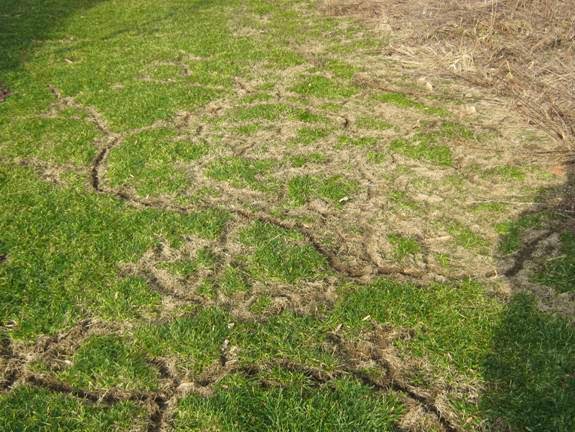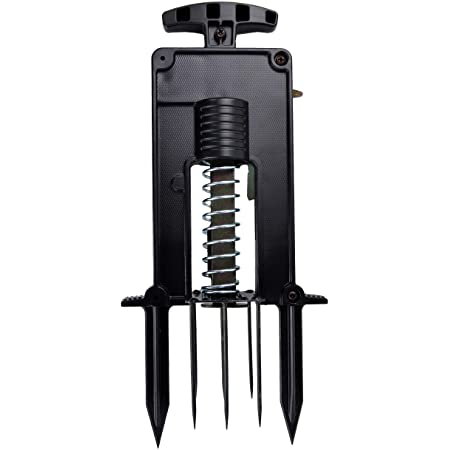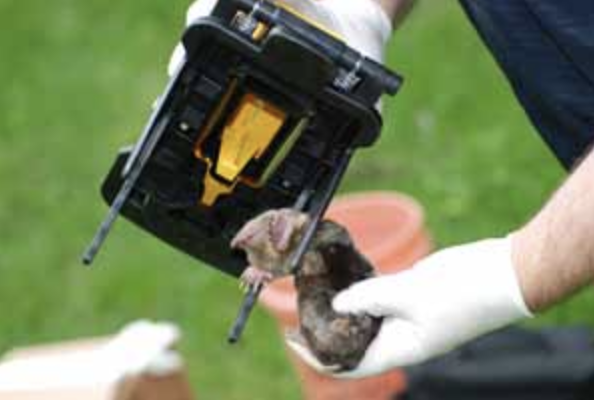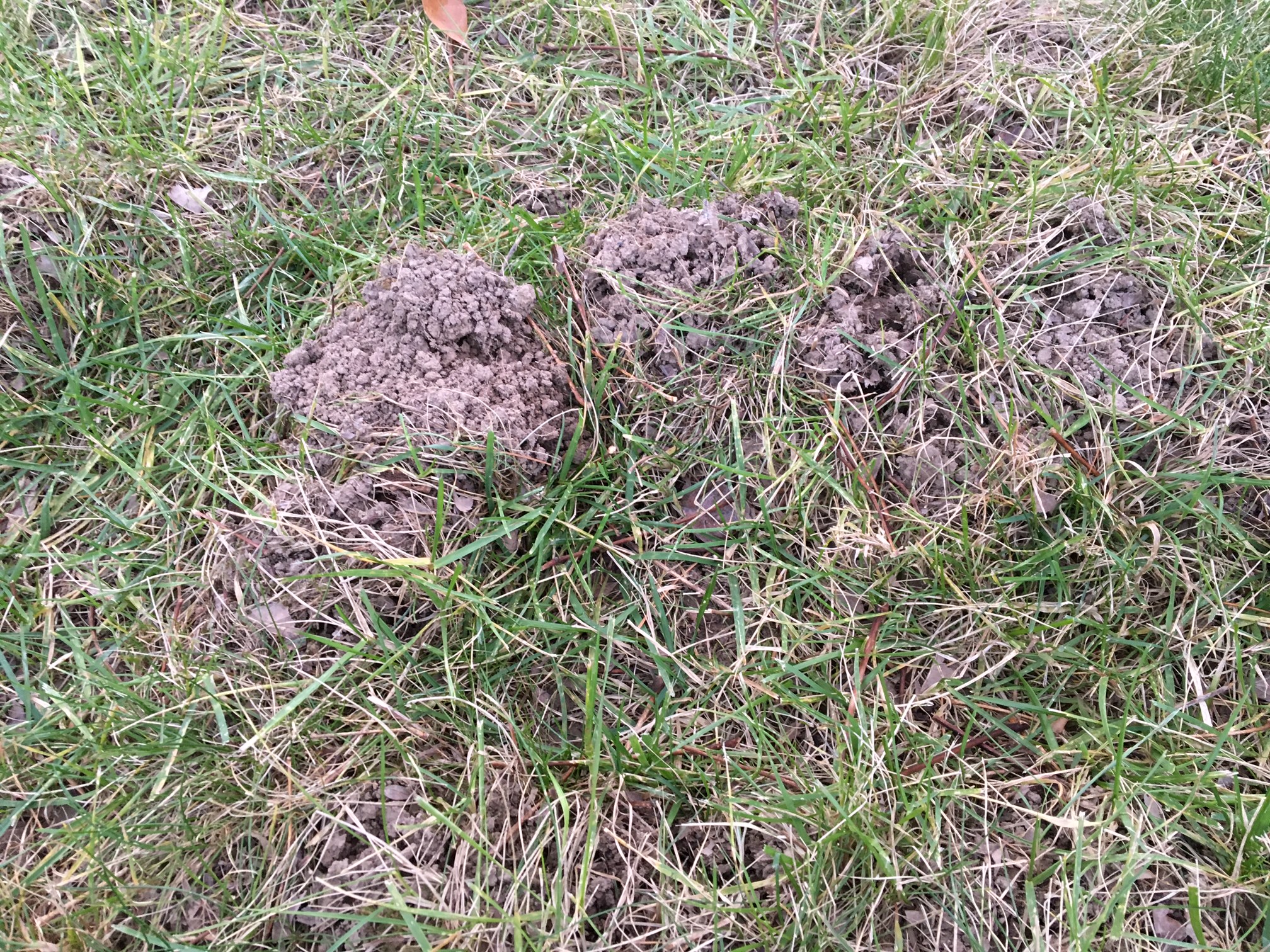How do I get rid of moles in my lawn?
April 3, 2023 | Plant & Pest Diagnostic Lab
Moles mostly feed on earthworms. While they do eat grubs, it’s an old wives tale that grubs are the reason that moles are in a lawn. Therefore using grub control products as a method of controlling moles will not be effective. Even in grub free lawns, moles continue to survive, because the majority of their diet consists of the ever-present earthworm.
When the ground dries out in the summer (or when it freezes in the winter), earthworms and soil dwelling insects remain deeper in the ground - and so do the moles. This behavior makes control difficult because one can never be certain that the moles are truly eliminated even though they are not making surface runs.
Moles are not rodents like rats and mice, which can be baited using rodent foods. Poison peanuts or other grain baits won’t work since moles don’t feed on seeds, alfalfa pellets or any of the typical baits that are sold to ‘kill rodents’ even though some are touted as a control for ‘rodents and moles’.
People also should beware of false claims about schemes to drive moles away. Many books and magazines having to do with gardening and landscaping have references or advertising concerning bizarre strategies to control moles. These include putting mothballs, human hair, razor blades, or chewing gum in their tunnels, or using pinwheels or ultrasonic devices to scare moles away. The reality is that these just do not work.
The only two methods of effectively controlling moles are to (1) to use a bait that they are attracted to OR (2) to physically remove them. A fairly recent bait that has been proven to be effective is packaged and sold in the form of a worm. The attractive smell and taste that is incorporated into the worm, together with Bromethalin (the active ingredient that poisons the mole), makes for a lethal combination.
 Example of bait that could be used to control Moles/Voles.
Example of bait that could be used to control Moles/Voles. Whether using traps or worm-shaped baits, placement is critical. Choose a run that the mole uses regularly. Usually this is a run that is in a straight line as opposed to squiggly tunnels that are generally used for food foraging only. The best straight runs follow a structural guideline such as a curb or a gutter, because these are used regularly as the moles travel from their nest to the foraging area. To determine if a run is active, stomp it down flat then check the following day to see if it is pushed back up. If the tunnel has been repaired, it is usually an active tunnel and should be considered for trapping or baiting.
Mole traps and baits are available at most hardware, home repair and farm supply stores, generally right there in the middle of a bunch of mole control products that do NOT work. Buyer beware!
For additional information on moles and mole control, contact the Wildlife Conflicts Information Hotline.
Links to other articles:
https://turf.purdue.edu/melting-snow-reveals-tiny-trails/?cat=54
https://turf.purdue.edu/fall-time-mole-control/?cat=54
Please see these other articles:








